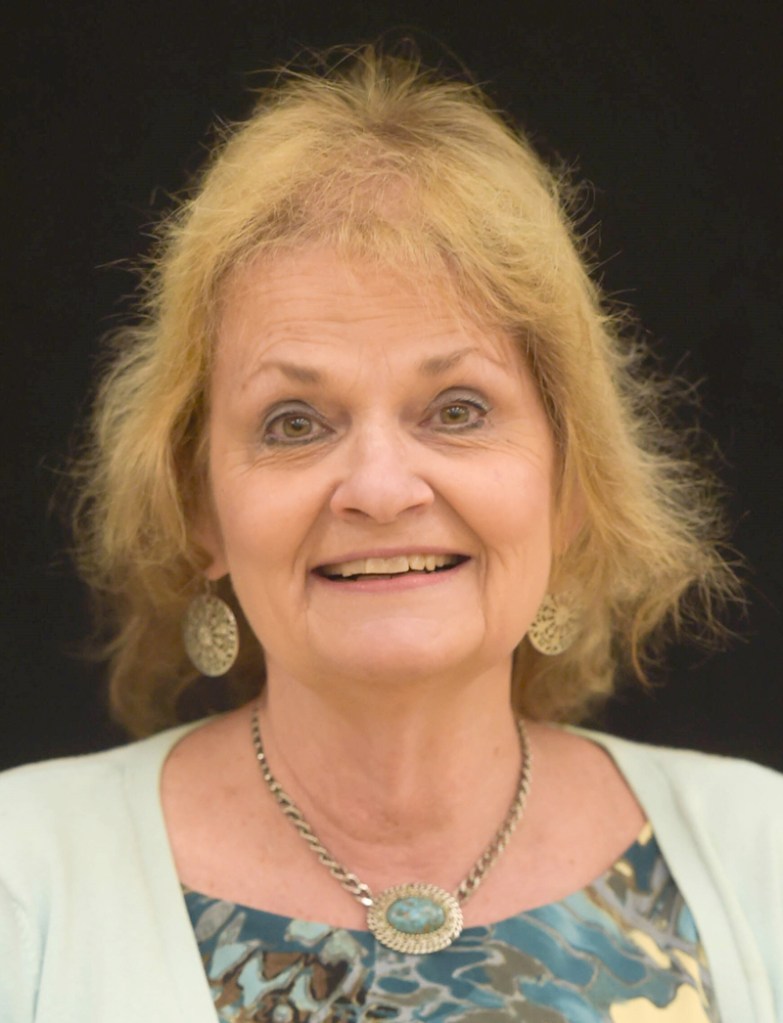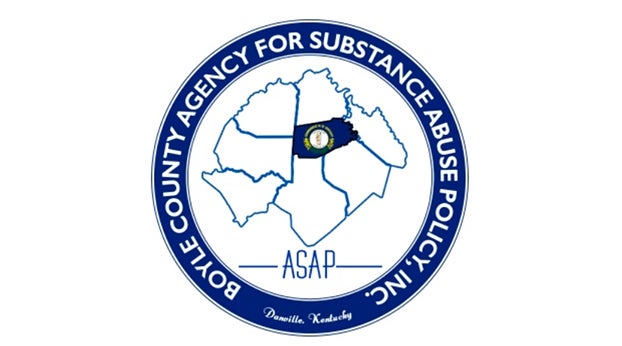Stigma is a huge factor in addiction
Published 5:00 am Monday, January 24, 2022

By Kathy L. Miles Coordinator, Boyle County Agency for Substance Abuse Policy, Inc.
Recently, the Advocate-Messenger reported the findings of a Centre College sociology class, which researched local issues around stigma and substance use disorders in their fall term class.
Reporter Fiona Morgan did an excellent job of reporting on some of the most important findings of the students in professor Kaelyn Wiles’ class. Getting locally specific data on a complicated topic like stigma and its effects is hard. Boyle County Agency for Substance Abuse Policy (ASAP) appreciated the partnership, and the resulting findings.
For some time, national experts have concluded that where stigma and misunderstanding are strong around substance use disorders, people in need of treatment are less likely to seek out help. Community leaders are also less likely to advocate for more treatment, recovery, and prevention resources, if they believe that substance use disorders are a moral failing, a personality flaw that can’t be corrected, a conscious choice to become addicted, or criminal behavior that can only be addressed through punishment and incarceration. Stigma arises out of misunderstanding, poor education on the facts, and close encounters with people in active addiction under the influence of the substances before they enter recovery.
The class findings reached through interviews and surveys with community members, and specifically with people in recovery from substance use disorders, shed light on the work yet to be done in our community. We think the report also shows work that already has been done by ASAP and related groups. In recent years, many county residents have come to understand addiction correctly according to the research, and in turn, to create a more inclusive and welcoming place for those who seek help to recover and then live full and contributing lives in their long-term recovery.
Readers might ask then – what are some of the more important points that stood out, that lead us to plan future initiatives in Boyle County? Areas of continuing concern lifted up include a significantly larger amount of stigma for women with substance use disorders compared to men’s reports, and some professions and community services where stigma and misunderstanding appear higher. More education is needed for many of us to move beyond hopeless and incorrect ideas about addiction. More honest and open communication will help some of us realize that there is much hope and help for those with the disease of substance use disorder.
Our Boyle County Fiscal Court recently received an update on this work in their regularly scheduled meeting. The honest and compassionate conversation they had as they discussed community needs is good evidence that we are not where we were several years ago before the opioid crisis. Simply bringing these kinds of discussions out of the shadows, and into the community’s public arena, indicates that our leaders are understanding substance use disorders as a public health challenge, which can be treated with positive outcomes. Hope is indeed present during this admittedly challenging time.
Boyle ASAP encourages all community members to have the open, honest, and compassionate conversations. If you are a person in recovery, consider sharing that story with others who don’t know about your journey. Your story of hope may help them change their stigmatized beliefs. If you are a community citizen who simply wants to join our commitment to eliminating stigma, listen deeply to the stories of those in recovery. They are everywhere – CEOs and Vice Presidents of local nonprofits, nurses working to lower overdose death rates, teachers in our schools, shift leaders in our factories, faithful members of our churches.
Your efforts toward better understanding make a difference. In his recent book about communities finding solutions to addiction, “Canary in the Coal Mine”, Family practitioner Dr. William Cooke sums it up: “Connection heals; isolation harms.”
We can all be part of connection, and in doing so, reduce stigma and contribute to the hope of recovery and positive change.







